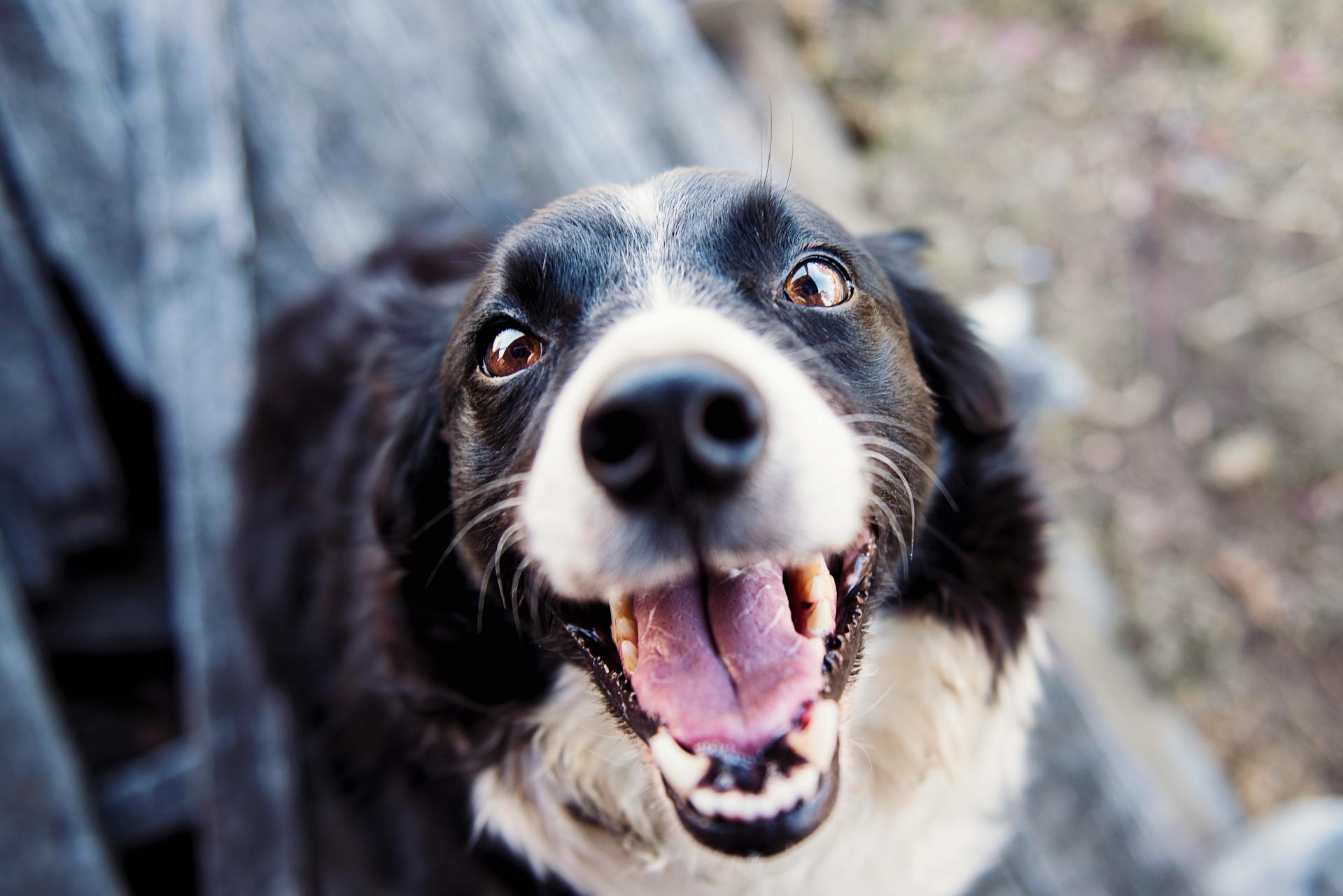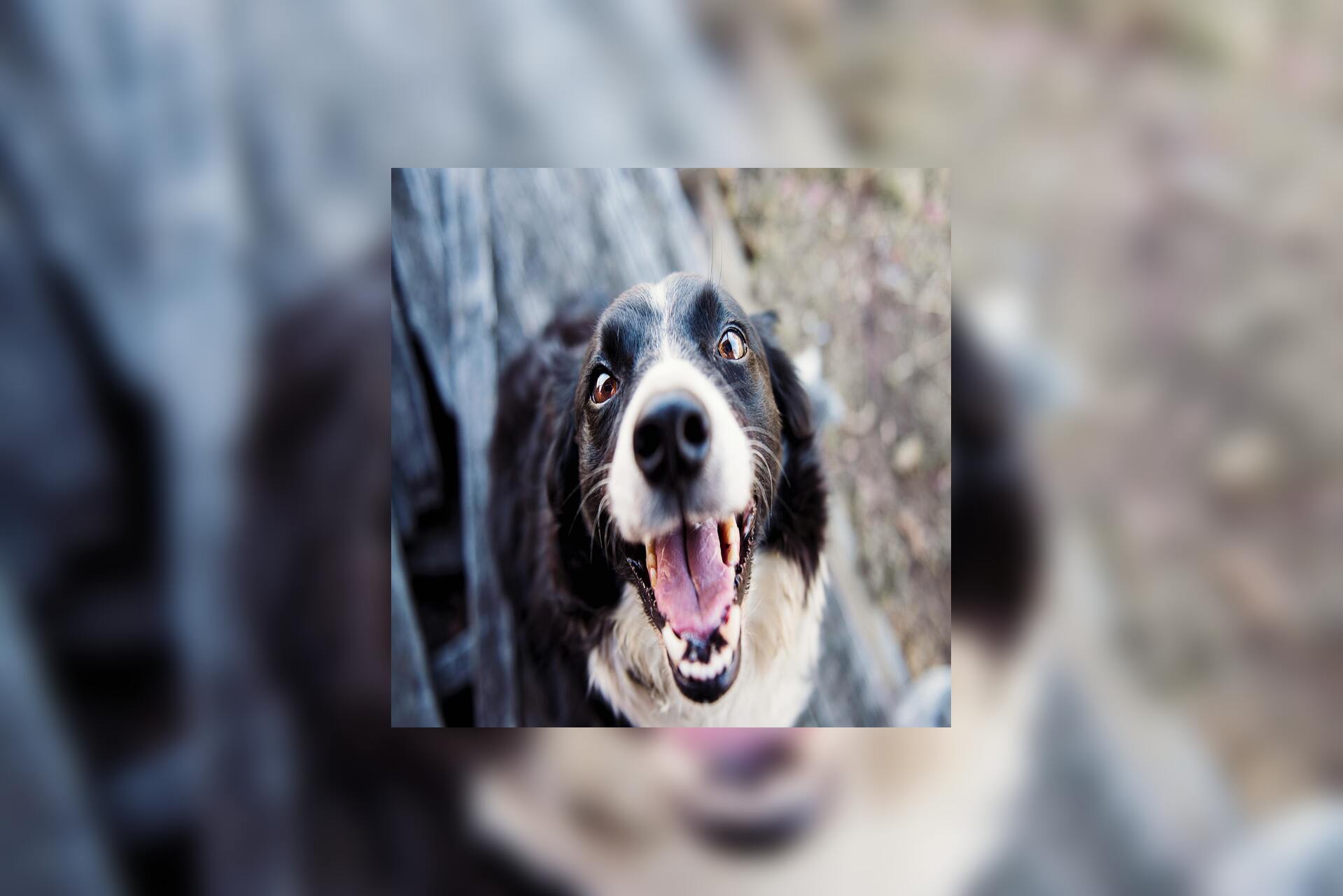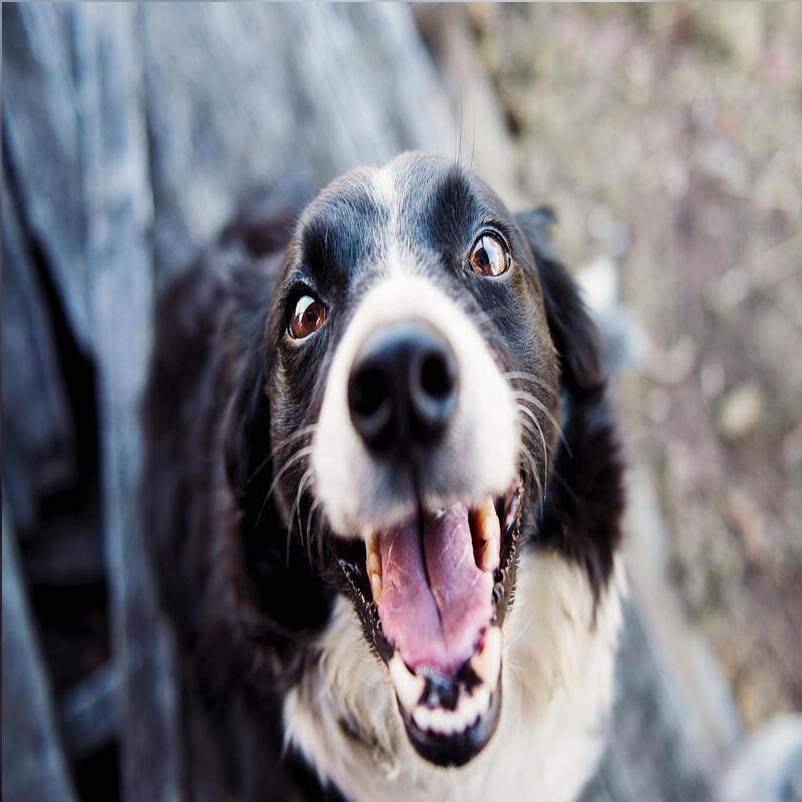Goal: Given an image that is possibly letterboxed or pillarboxed (either by solid colors, or by blurred background), remove the letterboxing or pillarboxing and emit the cropped image to another file.
Using Image Magick
Note
This example image has been obtained from Photo by Kat Smith from Pexels and is free to use.
The following script assumes you have Image Magick (v7+) and ripgrep installed on your machine. You can store this file in your /usr/local/bin/debox and then run sudo chmod +x /usr/local/bin/debox. Admittedly, this script is not the fastest way to accomplish this but this is just a proof-of-concept that Image Magick can be used for this task.
debox image.jpg image-deboxed.jpgThis will write the letterbox/pillarbox-free version of image.jpg to image-deboxed.jpg.
#!/usr/bin/env bash
# Date: 2024/05/02
# Author: Aalekh Patel (@aalekhpatel07)
# This script uses Image Magick to remove letterboxing and pillarboxing from images
# by detecting edge-free regions on the image using Canny edge detection.
#
# Usage: $ ./debox.sh foo-with-letterbox.jpg foo-output-letterbox-removed.jpg
set -euxo pipefail
INPUT_IMAGE="$1"
OUTPUT_IMAGE="$2"
echo "Removing letterboxing and pillarboxing from ${INPUT_IMAGE} and writing new image to ${OUTPUT_IMAGE}" >&2
TEMP_IMAGE_TXT="${INPUT_IMAGE%%.*}.tmp.txt"
# Write txt format of canny'd image to a temporary file.
convert ${INPUT_IMAGE} -canny 5x1+10%+20% ${TEMP_IMAGE_TXT}
HEIGHT=$(identify -ping -format "%h" ${INPUT_IMAGE})
WIDTH=$(identify -ping -format "%w" ${INPUT_IMAGE})
# These are populated by find_top_row, find_bottom_row, find_left_col, and find_right_col functions.
ZERO_ROW_FROM_TOP=0
ZERO_ROW_FROM_BOTTOM=$HEIGHT
ZERO_COL_FROM_LEFT=0
ZERO_COL_FROM_RIGHT=$WIDTH
function find_top_row() {
# Find the largest block of rows from the top edge that is completely free of edges.
for row in $(seq 0 $HEIGHT);
do
local NUM_ZEROS=$(rg "(\d+),${row}: \(0\) #000000 gray\(0\)" --no-filename -c ${TEMP_IMAGE_TXT})
# entire row is zeroes (i.e. no pixels are "edge"-y)
if [[ "${NUM_ZEROS}" -eq ${WIDTH} ]]; then
# extend the box downwards.
if [[ "${ZERO_ROW_FROM_TOP}" -lt ${row} ]]; then
ZERO_ROW_FROM_TOP=${row}
fi
else
break
fi
done
}
function find_bottom_row() {
# Find the largest block of rows from the bottom edge that is completely free of edges.
HEIGHT_MINUS_ONE=$(($HEIGHT-1))
for row in $(seq $HEIGHT_MINUS_ONE -1 1);
do
local NUM_ZEROS=$(rg "(\d+),${row}: \(0\) #000000 gray\(0\)" --no-filename -c ${TEMP_IMAGE_TXT})
# entire row is zeroes (i.e. no pixels are "edge"-y)
if [[ "${NUM_ZEROS}" -eq ${WIDTH} ]]; then
# extend the box upwards.
if [[ "${ZERO_ROW_FROM_BOTTOM}" -gt ${row} ]]; then
ZERO_ROW_FROM_BOTTOM=${row}
fi
else
break
fi
done
}
function find_left_col() {
# Find the largest block of columns from the left edge that is completely free of edges.
for col in $(seq 0 $WIDTH);
do
NUM_ZEROS=$(rg "^${col},(\d+): \(0\) #000000 gray\(0\)" --no-filename -c ${TEMP_IMAGE_TXT})
# entire column is zeroes (i.e. no pixels are "edge"-y)
if [[ "${NUM_ZEROS}" -eq ${HEIGHT} ]]; then
# extend the box rightwards.
if [[ "${ZERO_COL_FROM_LEFT}" -lt ${col} ]]; then
ZERO_COL_FROM_LEFT=${col}
fi
else
break
fi
done
}
function find_right_col() {
# Find the largest block of columns from the right edge that is completely free of edges.
WIDTH_MINUS_ONE=$(($WIDTH-1))
for col in $(seq $WIDTH_MINUS_ONE -1 1);
do
NUM_ZEROS=$(rg "^${col},(\d+): \(0\) #000000 gray\(0\)" --no-filename -c ${TEMP_IMAGE_TXT})
# entire column is zeroes (i.e. no pixels are "edge"-y)
if [[ "${NUM_ZEROS}" -eq ${HEIGHT} ]]; then
if [[ "${ZERO_COL_FROM_RIGHT}" -gt ${col} ]]; then
# extend the box leftwards.
ZERO_COL_FROM_RIGHT=${col}
fi
else
break
fi
done
}
CROPPED_WIDTH=
CROPPED_HEIGHT=
function debox() {
# Determine the region of interest by chopping off the edge-free blocks.
CROPPED_WIDTH=$(($ZERO_COL_FROM_RIGHT-$ZERO_COL_FROM_LEFT))
CROPPED_HEIGHT=$(($ZERO_ROW_FROM_BOTTOM-$ZERO_ROW_FROM_TOP))
CROPPED_ROW_OFFSET=$ZERO_ROW_FROM_TOP
CROPPED_COL_OFFSET=$ZERO_COL_FROM_LEFT
# Extract the region of interest.
convert "${INPUT_IMAGE}"["${CROPPED_WIDTH}x${CROPPED_HEIGHT}+${CROPPED_COL_OFFSET}+${CROPPED_ROW_OFFSET}"] "${OUTPUT_IMAGE}"
}
find_top_row
find_bottom_row
find_left_col
find_right_col
# If the entire image is edge-free, then swap the left/right and top/bottom back
# since they would've effectively swapped places during the linear scan.
if [[ ${ZERO_ROW_FROM_TOP} -gt ${ZERO_ROW_FROM_BOTTOM} ]]; then
ZERO_ROW_FROM_TOP_TMP=${ZERO_ROW_FROM_TOP}
ZERO_ROW_FROM_TOP=${ZERO_ROW_FROM_BOTTOM}
ZERO_ROW_FROM_BOTTOM=${ZERO_ROW_FROM_TOP_TMP}
fi
if [[ ${ZERO_COL_FROM_LEFT} -gt ${ZERO_COL_FROM_RIGHT} ]]; then
ZERO_COL_FROM_LEFT_TMP=${ZERO_COL_FROM_LEFT}
ZERO_COL_FROM_LEFT=${ZERO_COL_FROM_RIGHT}
ZERO_COL_FROM_RIGHT=${ZERO_COL_FROM_LEFT_TMP}
fi
echo "top: ${ZERO_ROW_FROM_TOP} bottom: ${ZERO_ROW_FROM_BOTTOM} left: ${ZERO_COL_FROM_LEFT} right: ${ZERO_COL_FROM_RIGHT}" >&2
debox
echo "original: [${HEIGHT}x${WIDTH}] ${INPUT_IMAGE} -> de-letterboxed/pillarboxed: [${CROPPED_HEIGHT}x${CROPPED_WIDTH}] ${OUTPUT_IMAGE}" >&2
# Clean up the temporary txt representation
rm ${TEMP_IMAGE_TXT}
Given a source image called image.jpeg, take two copies of it, blur one of them (to serve as the background), and resize the other (to serve as the foreground), and then finally stack them at the center into a single image.
convert image.jpeg \
\( -clone 0 -blur 0x20 \) \
\( -clone 0 -resize 800x800\! \) \
-delete 0 \
-gravity center \
-compose over \
-composite \
image-boxed.jpeg

